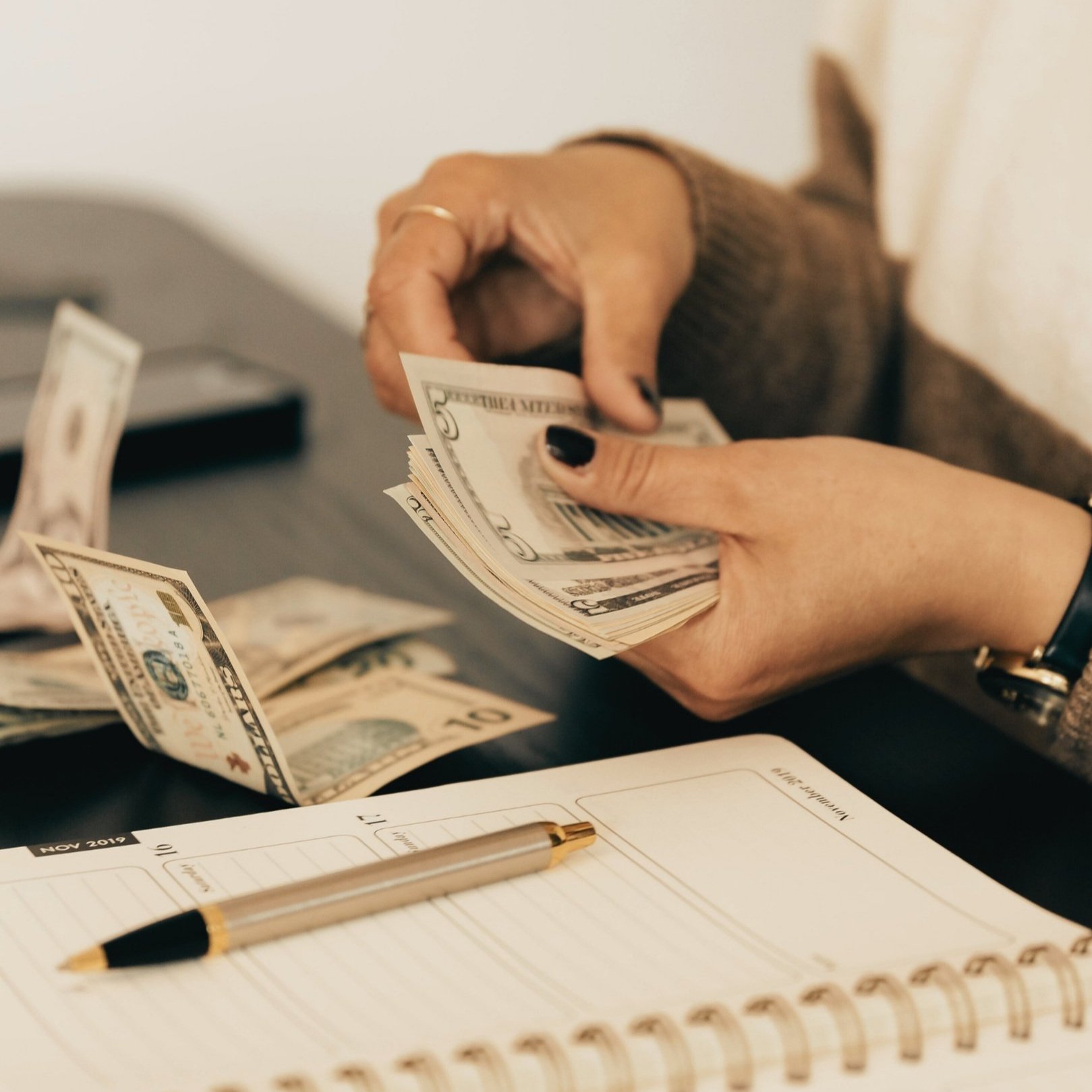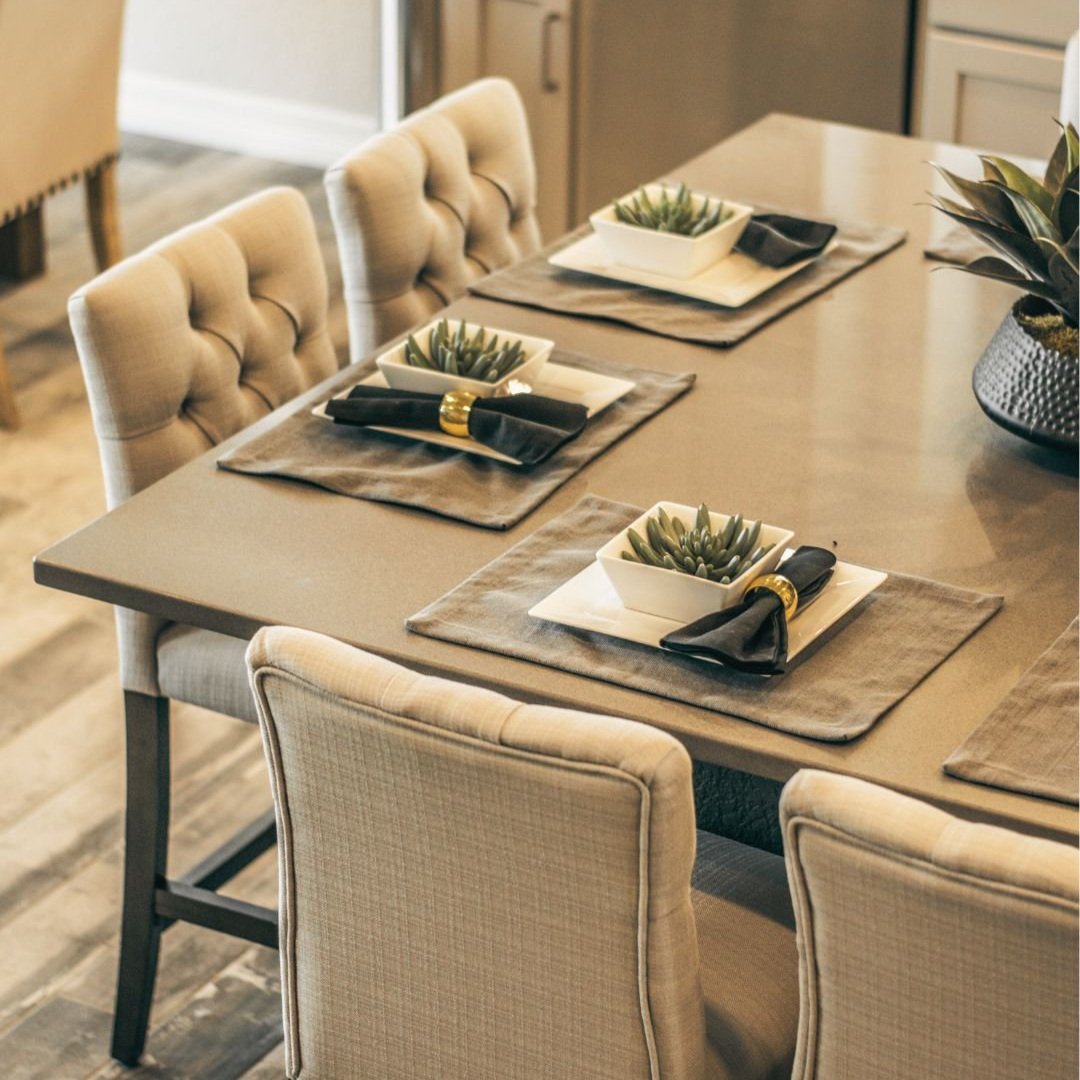Tools Interior Designers Didn’t Know They Needed (And Shouldn’t Live Without)
/Running an interior design business isn’t just about picking fabrics and selecting paint colors — it’s about juggling client expectations, project deadlines, vendors, budgets, installs, and about a thousand moving parts at once.
Sure, you already know the "big name" tools like Pinterest, AutoCAD, and SketchUp.
But today, we’re diving into the tools that make a real difference behind the scenes — the ones that help you design faster, manage projects better, create a smoother client experience, and ultimately grow a stronger business.
These are the “how did I survive without this?” essentials every interior designer should have in their toolkit. Let’s dive in:
1. ClickUp (Customized for Interior Design Projects)
Managing a single design project involves proposals, contracts, sourcing lists, revisions, site visits, installations, and client communications — often all happening at once.
ClickUp helps you centralize every single piece of a project into one easy-to-manage platform.
For designers specifically, ClickUp allows you to:
Create customized workflows based on your design phases (concept development, sourcing, procurement, install, styling)
Assign tasks to team members, vendors, or clients with clear deadlines
Build client dashboards so they can track their project status without endless email check-ins
Stay on top of complex multi-project pipelines without dropping details
Instead of trying to remember what’s due and where you left off, ClickUp gives you a visual roadmap of your entire business, freeing you to focus on the creative.
2. Bluetooth Laser Measuring Devices (Precision Meets Professionalism)
Accurate measurements are the foundation of every great design.
Bluetooth laser measurers like the Bosch GLM 50C or Leica DISTO D2 eliminate guesswork (and human error) by instantly capturing dimensions and sending them to your phone or tablet.
For designers, this means:
Faster, more accurate site surveys — critical for custom furniture orders, window treatments, and built-ins
Easy integration with apps like RoomScan Pro to auto-generate floor plans
Less time spent double-checking or re-measuring later in the project
And let’s be honest — nothing impresses a client during a site visit quite like pulling out a sleek little tool that does the job in seconds.
3. Canva Pro (Elevate Every Visual You Share)
Visual presentation is everything for interior designers. Whether you're selling a concept, pitching an idea, or delivering a final package, it needs to look as good as your spaces feel.
Canva Pro gives you polished, professional graphics without needing a design degree.
Specifically for designers, it’s a game-changer for:
Creating brand-consistent client proposals, onboarding guides, and service brochures
Building stunning mood boards and inspiration decks
Sharing clean, on-brand social media posts that attract dream clients
Updating your portfolio quickly as new projects wrap
Your visuals are often your first impression — Canva makes sure they look as high-end as your work.
4. Modular Sample Storage Systems (Goodbye, Swatch Clutter)
Fabric swatches, tile samples, wallpaper books — they multiply overnight. Without a good system, you’ll waste time digging through piles, damaging samples, or losing key materials.
A modular, labeled sample storage system brings order to the chaos.
Why it matters for designers:
Quickly pull cohesive selections during client meetings without scrambling
Organize by material type, vendor, or project phase for faster sourcing
Protect valuable samples from damage, fading, or getting lost
A beautifully organized sample library isn’t just efficient — it shows clients you’re detailed, professional, and serious about their project.
5. Airtable (FF&E Tracking Made Visual)
If you’re still tracking FF&E orders on an Excel spreadsheet, you’re working harder than you need to.
Airtable lets you build visual, dynamic sourcing and procurement trackers that update in real time.
How Airtable helps designers specifically:
Track every product detail — pricing, vendor contacts, shipping dates, custom notes — in one place
Build installation schedules that auto-update as orders shift
Create client-friendly project summaries (without showing the messy backend)
Set automatic reminders for reorders, backorders, and delivery follow-ups
Managing hundreds of SKUs across dozens of vendors? Airtable makes it organized, easy, and dare we say… almost fun.
6. A Professional Site Kit (Be the Most Prepared Designer in the Room)
Site visits, installs, client meetings — they all demand a certain level of hands-on, ready-for-anything professionalism.
A thoughtfully packed Site Kit sets you apart from day one.
What designers should include:
A Bluetooth laser measurer for quick, accurate dimensions
Painter’s tape to map out furniture layouts on-site
A mini level for artwork, shelving, or quick check-ins during installs
Swatch books, touch-up pens, pens/notepads, and a portable charger
Command hooks and minor tools for emergency styling fixes
Clients notice when you show up looking prepared for anything, and trust you more because of it.
7. QuickBooks Online (Finance Systems That Grow With You)
Creative businesses often neglect the backend until it becomes a problem.
QuickBooks Online, customized for interior design businesses, gives you control over your finances and helps you scale sustainably.
Specifically for designers, QuickBooks helps you:
Track income and expenses by project, not just lump sums
Stay profitable on procurement and installations with real-time reports
Streamline client invoicing and payment tracking
Build easy reports for tax season (your accountant will thank you)
A strong financial system isn't just about compliance — it’s about peace of mind, smarter pricing, and protecting your profitability.
8. Mood Board Magnets (Bring Your Concepts to Life)
Clients often struggle to fully understand a digital board, and when they can't visualize, they hesitate.
Mood board magnets offer a tactile, interactive way to present your vision.
For designers, this tool helps:
Make concept presentations feel more engaging and collaborative
Speed up client approvals by letting them physically interact with materials
Create a memorable experience that sets you apart from other designers
Plus, when a client moves a sample on a magnetic board and starts talking about how they envision their space, you’re officially in the zone where ideas turn into sales.
Final Thoughts:
You already have the talent and the taste.
But the right tools can make all the difference between a design business that feels chaotic and one that runs like a dream.
These tools aren’t “nice-to-haves” anymore. They’re time-savers, stress-reducers, and experience-elevators that every modern interior designer should have in their arsenal.
Which one will you try first? Or — what unexpected tool has transformed your design workflow? Leave a comment — we’re always looking for new favorites!
xx, Danae

































